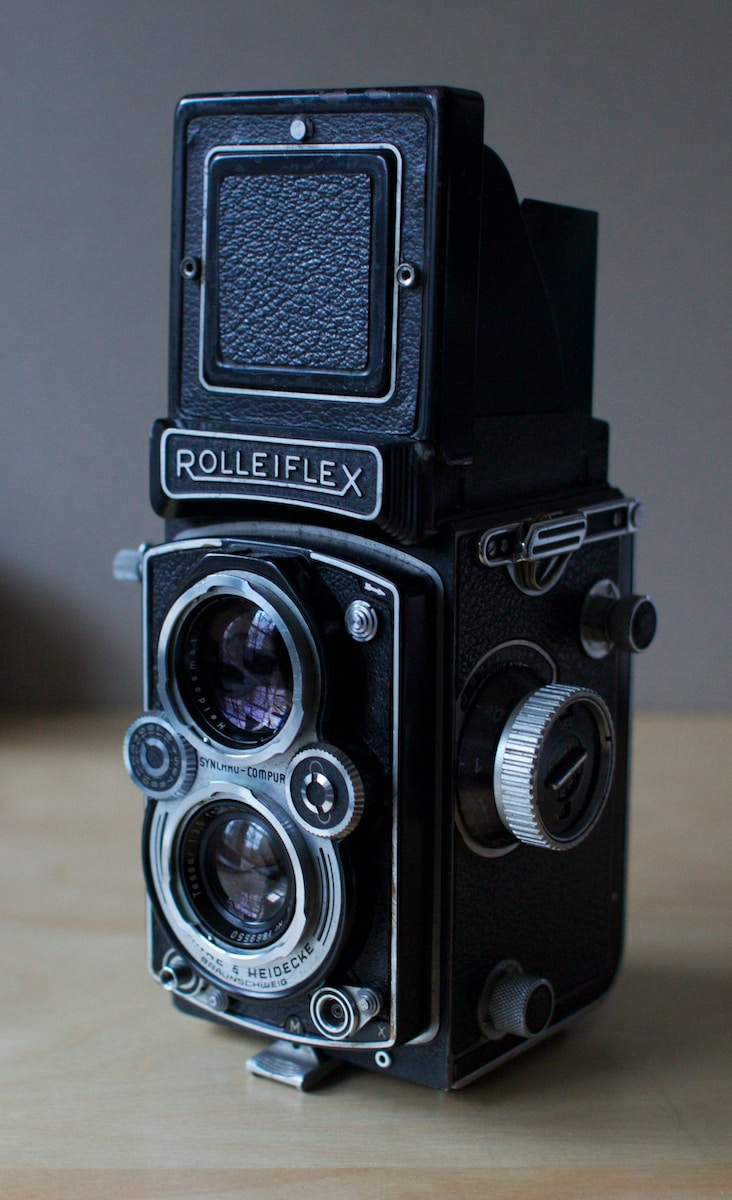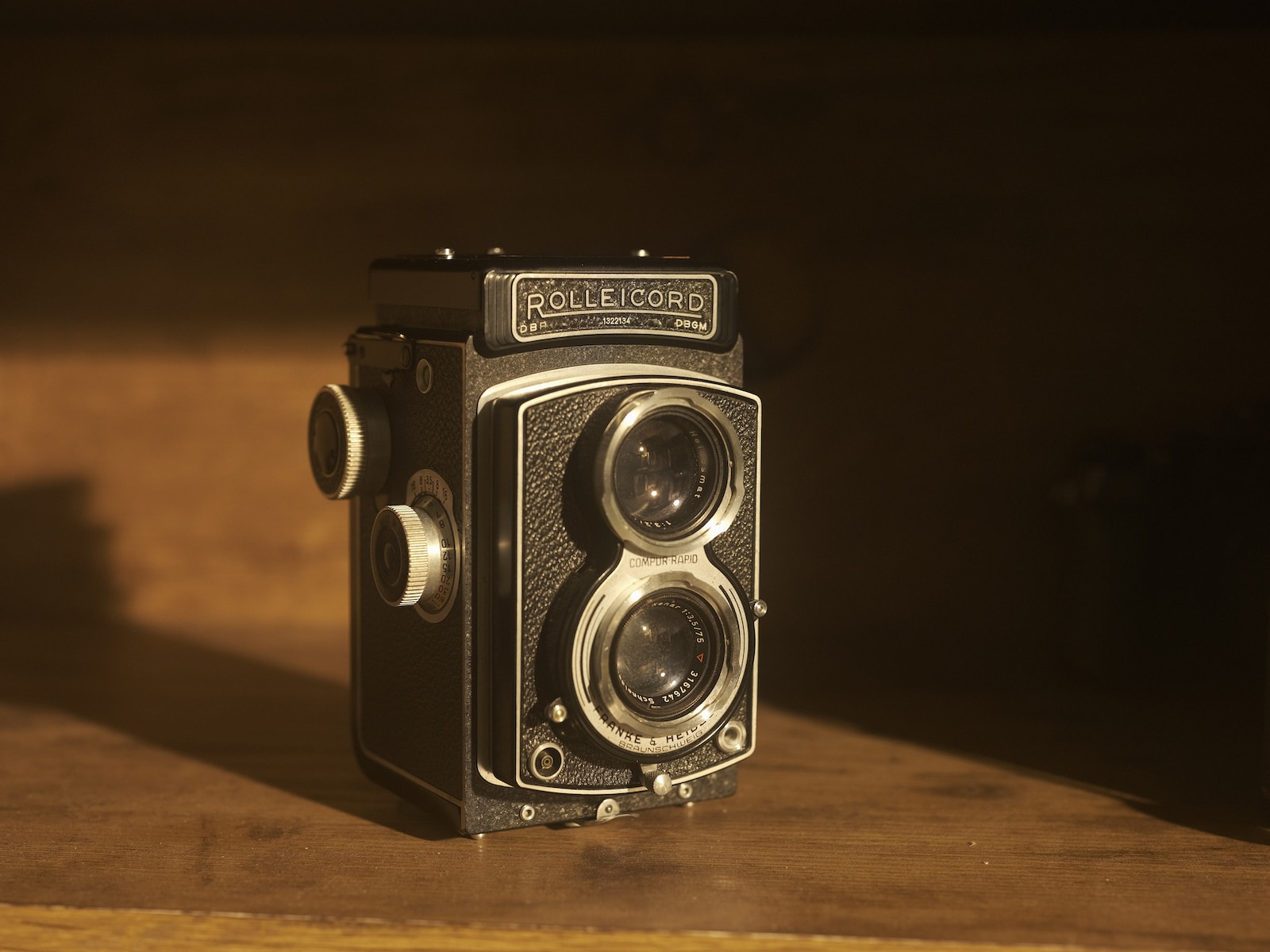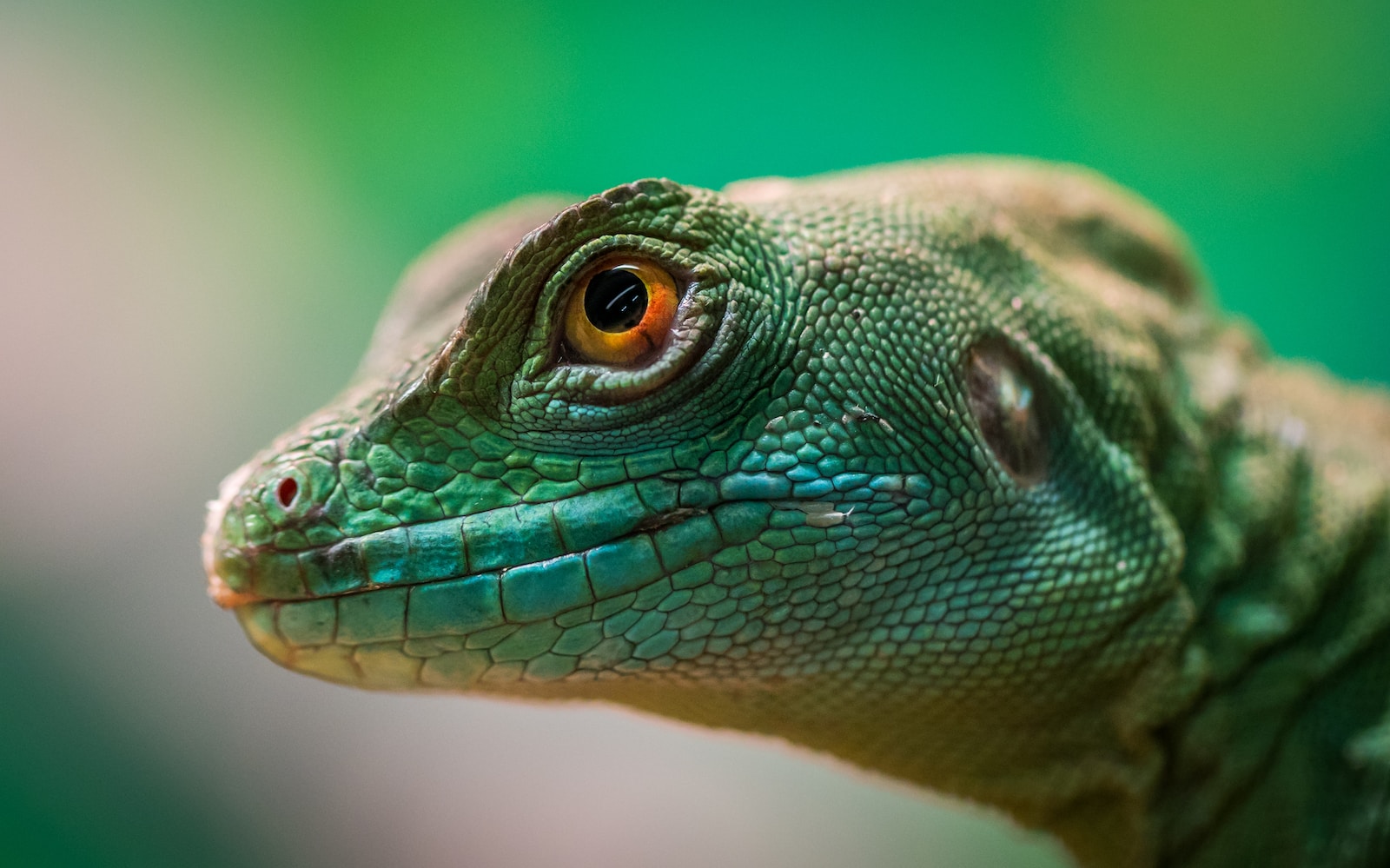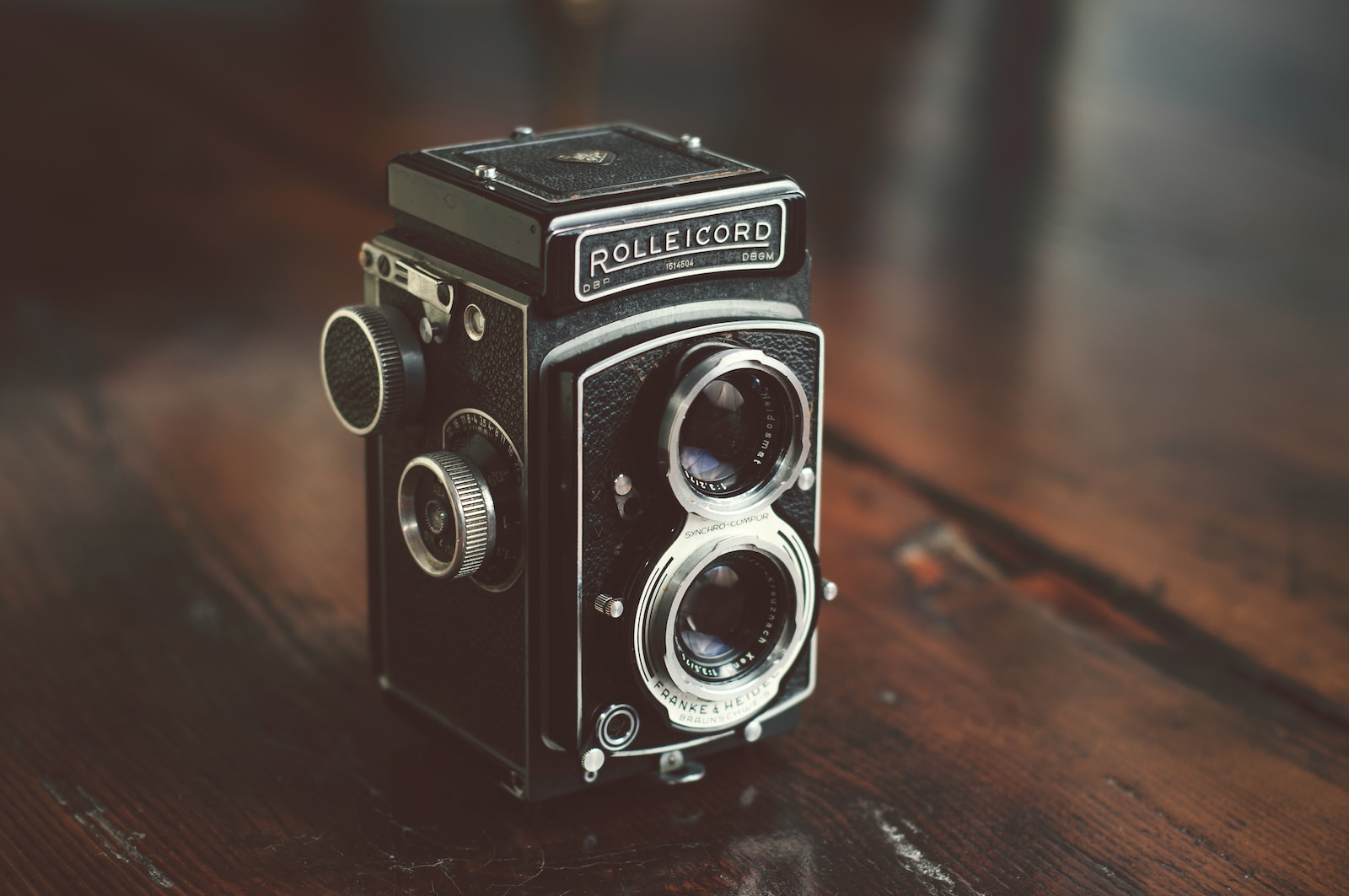Welcome to our in-depth guide on understanding the Twin Lens Reflex Camera. If you are a photography enthusiast looking to expand your knowledge and explore new camera options, this blog is for you. We will delve into the inner workings of twin lens reflex cameras, highlight their advantages, and recommend some top models for you to consider. So, whether you are a fan of the waist level shooting style or simply curious about this unique camera type, let’s dive in and uncover the secrets of the twin lens reflex camera.
Table of Contents
- How Does a Twin Lens Reflex Camera Work?
- Mastering the Twin Lens Reflex Camera
- A Relevant Case Study: Challenges Overcome
- Frequently Asked Questions
- 1. What is a twin lens reflex camera?
- 2. How does a twin lens reflex camera work?
- 3. What are the advantages of using a twin lens reflex camera?
- 4. Are there any recommended models for photography enthusiasts?
- 5. Can I use a twin lens reflex camera for digital photography?
- 6. How do I achieve proper focus with a twin lens reflex camera?
- Wrap Up:
How Does a Twin Lens Reflex Camera Work?
A twin lens reflex camera, also known as TLR camera, features two lenses stacked one above the other. The top lens is the viewing lens used for composing the image, while the bottom lens, connected to the film, captures the actual photograph. These lenses are mechanically coupled, allowing for simultaneous focusing and image capture.
Advantages of Using a Twin Lens Reflex Camera
There are several advantages to using a twin lens reflex camera. Firstly, the waist level shooting style provides a unique perspective, allowing for discreet and candid shots. Additionally, the large viewing screen offers a bright and clear image, making it easier to compose the perfect shot. TLR cameras are also known for their excellent image quality and sharpness, making them a favorite among photography enthusiasts.
Recommended Twin Lens Reflex Camera Models
When it comes to choosing a twin lens reflex camera, there are a few top models that deserve consideration. The Yashica Mat-124G is a popular choice, known for its exceptional build quality and sharp lenses. Another fantastic option is the Rolleiflex 2.8F, which offers superb image quality and precise focusing. For those on a budget, the Seagull 4A-107 provides great value for money without compromising on performance.
Mastering the Twin Lens Reflex Camera
Waist level shooting can be a challenging yet rewarding technique. To perfect this style, try experimenting with different angles and perspectives. Remember to utilize the unique viewing screen to compose your shot effectively. Consider using a tripod for stability, especially when shooting in low light conditions. With practice, you’ll develop a keen eye for framing and capturing stunning waist level photographs.
Understanding Depth of Field
Depth of field is a vital aspect of photography. With a twin lens reflex camera, you have the advantage of a large viewing screen, which makes it easier to visualize and control depth of field. By adjusting the lens aperture settings and focusing distance, you can achieve both shallow and deep depths of field. Experiment with different subjects and backgrounds to understand how depth of field affects your photographs.
Choosing the Right Film for Your TLR Camera
The film you choose plays a significant role in the final outcome of your photographs. Black and white films like Ilford HP5 Plus are excellent choices for capturing fine details and rich tones. For vibrant and vivid colors, consider using color negative film such as Kodak Portra. Experiment with different film types and brands to find the ones that best suit your desired aesthetic and photographic style.
The first twin lens reflex camera, the "Fotogeschäft von Wasmuth" was patented in 1887 by Adolf Heinzmann and Carl Schmidt of Frankfurt, Germany.
A Relevant Case Study: Challenges Overcome
In the ever-evolving world of photography, the twin lens reflex camera has carved a niche for itself. Though it may seem old-fashioned in today’s digital age, this vintage camera continues to capture the hearts of photography enthusiasts worldwide.
One such enthusiast is Sarah, a nature photographer who ventured into the Twin Lens Reflex (TLR) camera realm, overcoming various challenges along the way. She initially delved into TLR photography to add a unique touch to her portfolio. Little did she know that this journey would teach her invaluable lessons.
Learning Curve and Advantages
Sarah was drawn to the TLR camera for its waist level shooting capabilities, which provided a distinct perspective compared to conventional cameras. As a result, her compositions became more interesting, allowing her to stand out in a crowded photography market.
However, there were initial hurdles to overcome. Sarah struggled with focusing and framing her shots due to the TLR’s reversed image viewfinder. She spent countless hours practicing and refining her technique to achieve the desired results.
The advantages of the TLR camera soon became evident. Its medium format film capability afforded Sarah higher image quality and greater detail compared to 35mm cameras. The added control over depth of field and the ability to swap out interchangeable lenses gave her creative freedom in her photography.
Overcoming Challenges
Sarah persevered through the challenges she faced with the TLR camera. She researched extensively online and reached out to fellow photographers for advice. Through this process, she discovered various techniques to enhance her TLR photography experience:
- Using a tripod for stability, especially in low-light situations.
- Experimenting with different aperture settings to control depth of field.
- Embracing the slower pace of shooting and taking the time to compose the perfect shot.
- Working with the reversed image viewfinder to master focusing and framing her subjects.
By incorporating these tips into her workflow, Sarah was able to overcome the initial challenges with her TLR camera. The satisfaction she gained from creating unique and captivating images made the journey worthwhile.
For photography enthusiasts considering delving into the world of TLR cameras, Sarah advises embracing the learning curve, being patient, and exploring the vast possibilities this vintage camera can offer.
If you’re ready to dive deeper into the world of twin lens reflex cameras, continue reading our comprehensive guide where we explore how these cameras work, the advantages they offer, and recommendations for photography enthusiasts.
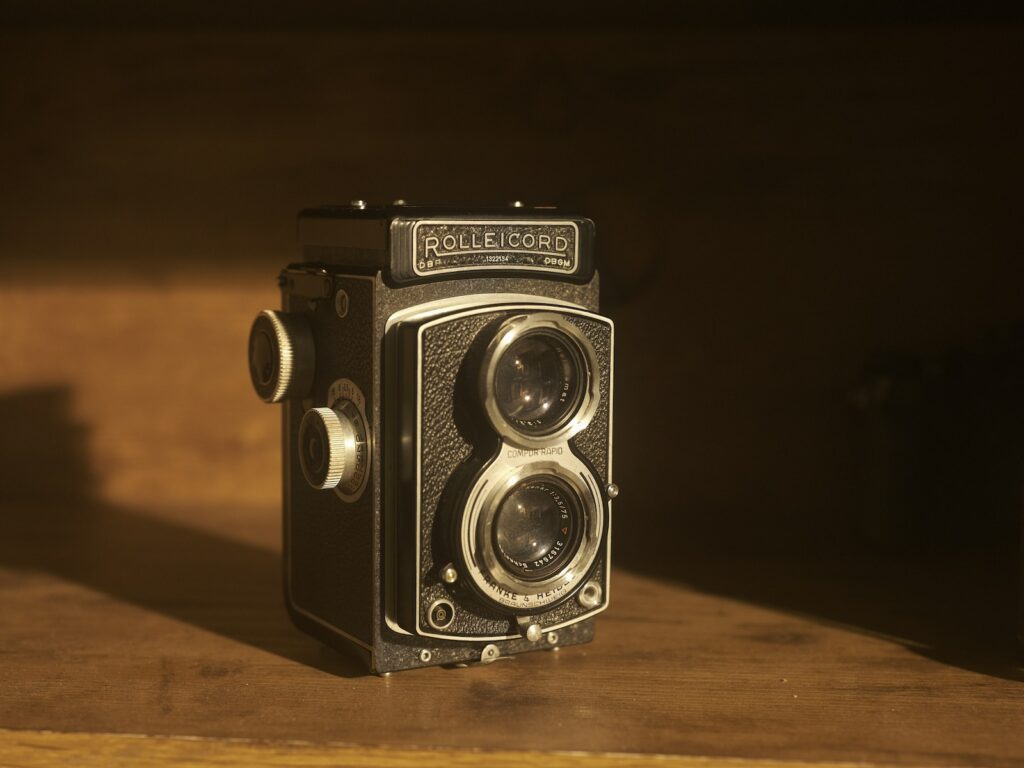
Frequently Asked Questions
1. What is a twin lens reflex camera?
A twin lens reflex camera, often referred to as TLR, is a type of camera that uses two lenses mounted one above the other. One lens is used for composing the image while the other lens captures the image on the film or sensor.
2. How does a twin lens reflex camera work?
In a TLR camera, the upper lens is connected to a mirror that reflects the image onto a focusing screen, allowing the photographer to see the scene in real-time. The lower lens then captures the image on film or a digital sensor. This design allows for waist-level shooting, providing a unique perspective.
3. What are the advantages of using a twin lens reflex camera?
Twin lens reflex cameras offer several advantages. They provide a larger image size compared to many other cameras, resulting in higher image quality. The waist-level shooting allows for discreet and candid photography, making it ideal for street photography. TLR cameras also offer full manual control and precise focusing.
4. Are there any recommended models for photography enthusiasts?
Yes, there are several highly regarded twin lens reflex cameras for photography enthusiasts. Some popular choices include the Rolleiflex, Yashica Mat, and Mamiya C-series. These cameras offer excellent image quality, durable construction, and a wide range of interchangeable lenses.
5. Can I use a twin lens reflex camera for digital photography?
While most TLR cameras were designed for film photography, there are adapters available to mount digital cameras on TLR bodies. This allows you to experience the waist-level shooting and unique perspective while using a digital sensor.
6. How do I achieve proper focus with a twin lens reflex camera?
To achieve proper focus with a TLR camera, you need to utilize the focusing screen. The focusing screen provides a clear representation of the image and allows you to adjust the focus manually until it appears sharp. Some TLR cameras also have built-in magnifiers to assist with precise focusing.
Wrap Up:
Understanding the Twin Lens Reflex Camera opens up a whole new world of creative possibilities for photography enthusiasts. These remarkable cameras allow for waist-level shooting, providing a unique perspective that adds depth and character to your images. By mastering the waist level shooting technique, you can capture stunning portraits, street scenes, and landscapes like never before.
Remember, choosing the right twin lens reflex camera is crucial to fully explore its advantages. Consider models like the Rolleiflex 2.8F or Mamiya C330 for their exceptional build quality and image quality.
If you have any questions or insights on twin lens reflex cameras or waist level shooting, we’d love to hear from you. Leave a comment below and let’s continue the conversation!
